Lighting a Smoke Free Fire...
Are you struggling to light a smoke-free fire?
What is smoke? Simply put, it is a combination of water and hydrocarbons trapped in the wood that you burn. Even with very dry wood, there will be water trapped in the cell structure of the wood that will not come out with normal seasoning or kiln drying and is only released when burnt. That said, you can reduce this smoke when you understand the principles of what makes an effective fire.
3 key things to keep in mind that you need:
1. A good supply of oxygen
2. The right type and size of fuel
3. Heat
Your fire needs oxygen to burn. The Woodee is designed with this in mind. The oak leaf cutouts draw in oxygen constantly, providing your fire with much-needed air.
Our other top tips:
Light your fire in the top-down method, so that you create space between the logs to allow oxygen to get in and fuel the fire. This method also burns off the smoke more effectively than lighting from the bottom.
Use softwood kindling that will burn quickly and help the fire take hold.
Use logs that are kiln dried or well seasoned and that have a moisture content of below 20%. If you are seasoning your own wood, invest in a moisture meter.
Use small split logs - they have a bigger surface area and will burn faster and get up to a higher heat more quickly, and will not smoulder. If you have large logs invest in an axe and split them into quarters, it will make all the difference.
When you first light your fire, it will smoke as the water and hydrocarbons start to evaporate - this starts at about 149°C (300°F). However, when the fire gets hot enough, they will ignite and turn into water and carbon dioxide, which is invisible - at this point you will just see flames.
What you need to remember is that when you add more fresh wood to your fire, this process will naturally start all over again; so having a hot fire will ensure that newly added wood will ignite those hydrocarbons quickly and reduce smoke.
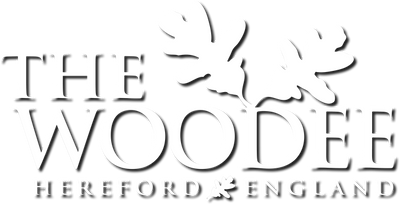

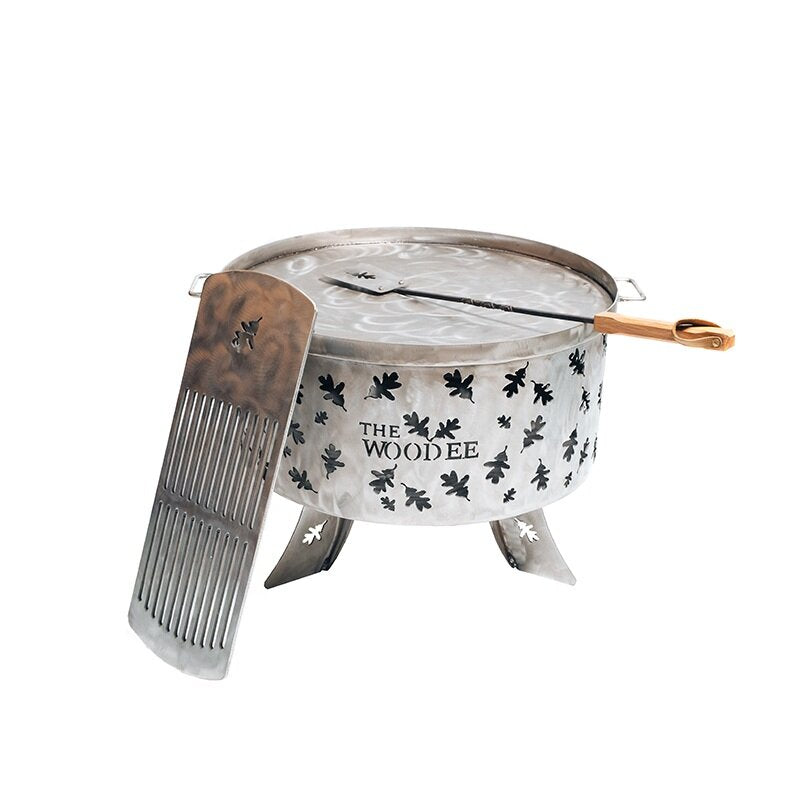
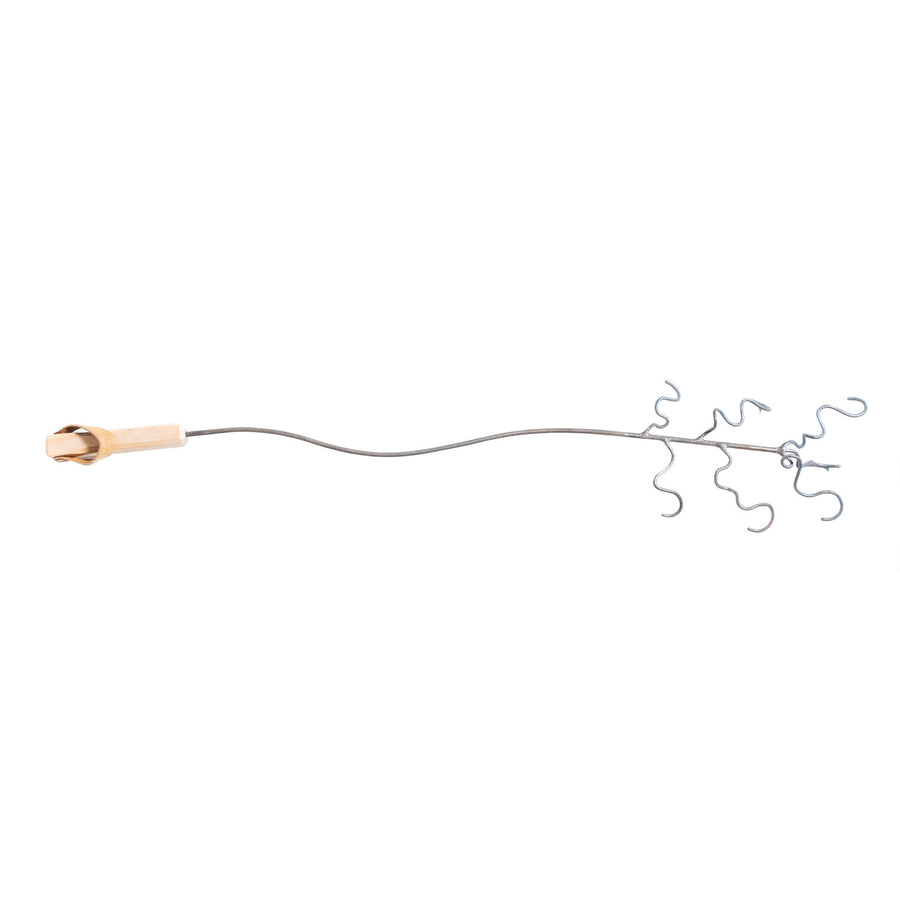
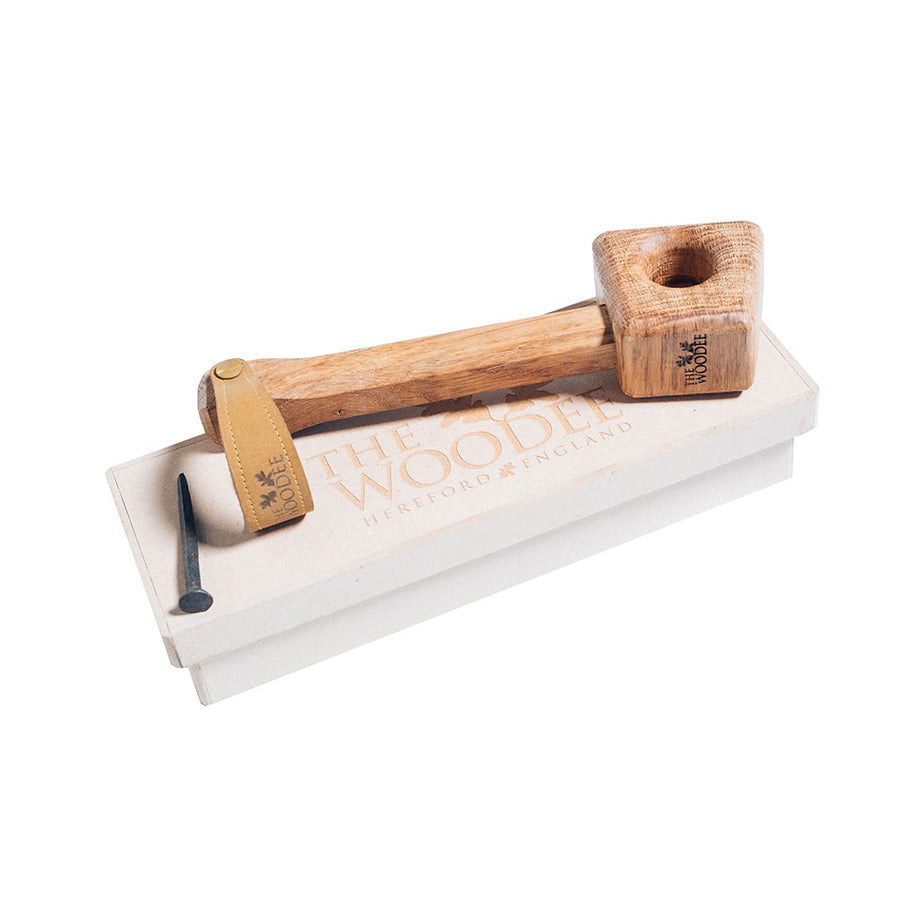

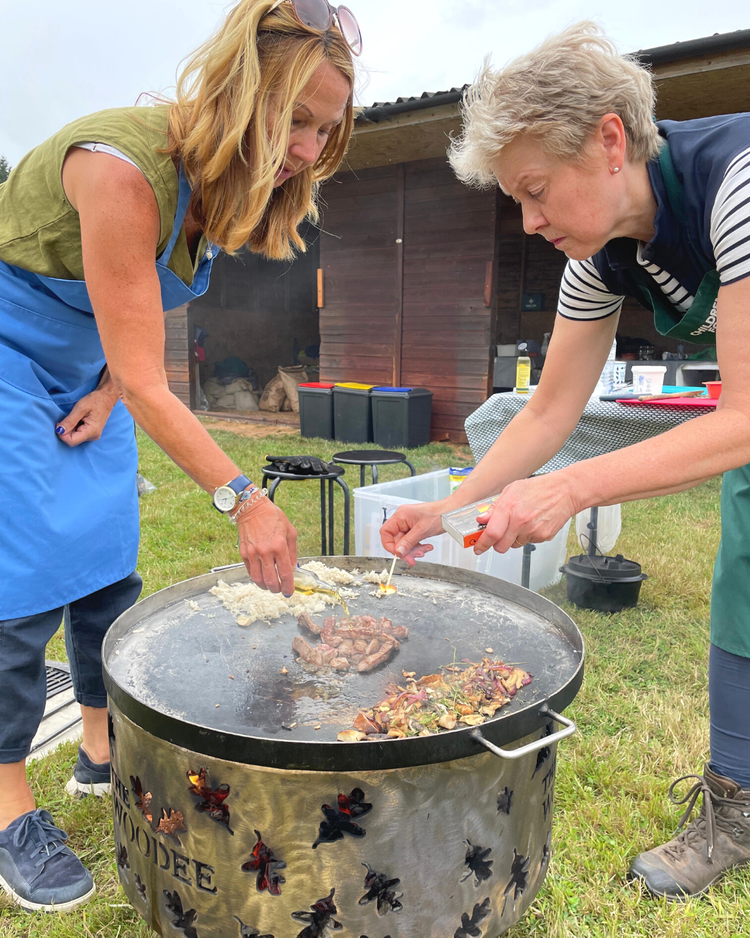
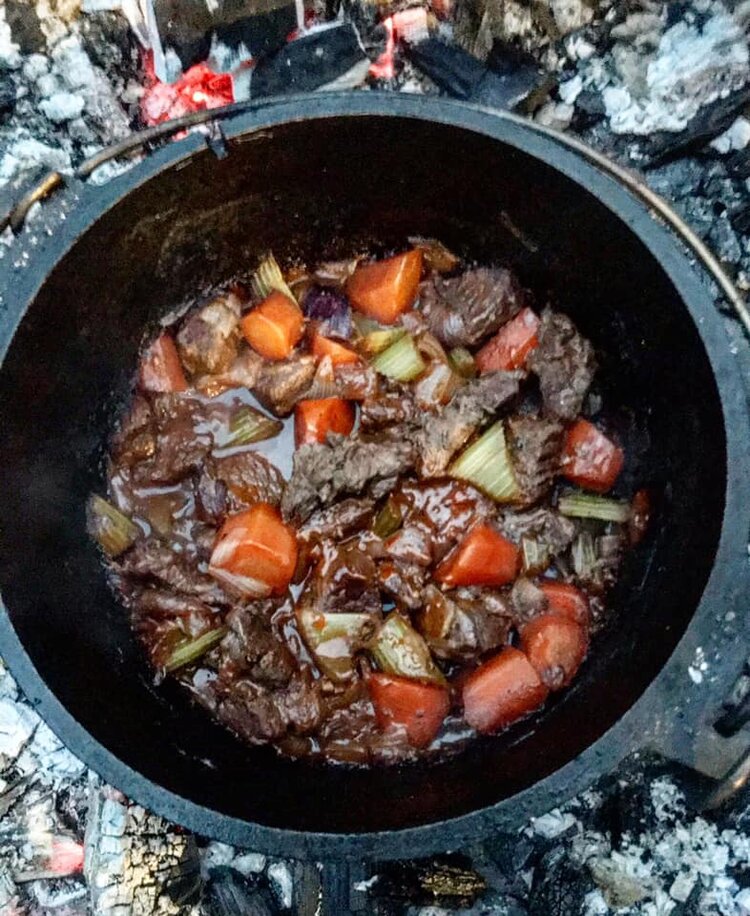


Leave a comment